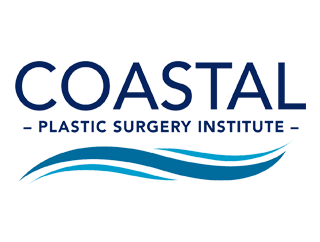NEW YEAR! NEW YOU!
PART I: DIET
The conversation in nutritionist circles has raged on for years.
Vegetarian vs Paleo, Low Fat vs. High Carbohydrate.
With all the information floating around about diet, the average consumer can get bogged down in the process and just give up.
There is new evidence based heavily in science that debunks the current weight loss theories. Mark Hyman, Functional Medicine Doctor and author of the New York Time’s best seller “Eat Fat to Get Thin” makes a strong case for a high fat low carb diet.
According to Hyman, carbs are the number one cause of the obesity epidemic in the United States. Carbohydrates produce insulin. Insulin causes the fat cells to be locked in and makes people feel hungry and never able to metabolize fat.
A perfect example of this is a Type I and Type II diabetic. Type I diabetics are insulin dependent meaning their body cannot produce insulin. These people generally have a thin and emaciated appearance. As opposed to a Type II diabetic who are generally overweight (Hyman, 2016).
Even if you’re not a diabetic you can still use the principles outlined to lose weight. With some basic steps:
1. No simple sugars, bread products, or starches of any kind
2. Drink only water
3. Eat more vegetables than anything else (organic if possible)
4. Never eat past 6pm
5. Eat small meals. 6 per day
6. Take advantage of healthy fats: nuts olive oil, avocadoes, etc.
7. Do a detox 10-21 days before beginning diet.
8. Lock down your kitchen after dinner for a 12-14 hour fast
Exercise is beneficial but unnecessary for weight loss. Unless your running 10 miles per day or are a workout warrior you can go with a very limited amount of carbohydarates. For optimal weight loss a ketogenic diet is ideal but difficult to follow. If you cannot do a ketogenic diet a paleo diet is a beneficial alternative for the first month after completing detox program.
Call today for a free consultation
Kyle Rountree, ARNP

Next Weeks Blog: What is a ketogenic diet?
